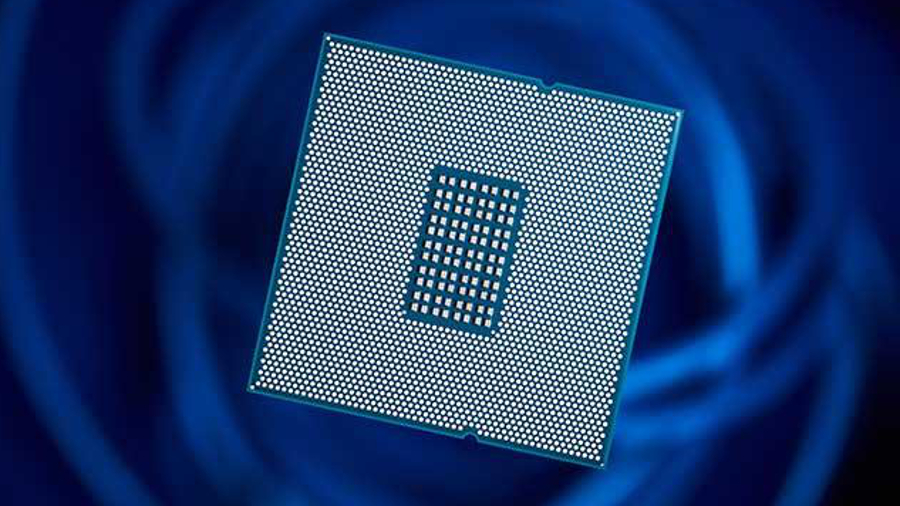Qualcomm Snapdragon 1000 for laptops could pack 8.5 billion transistors

Qualcomm already has a few 2-in-1 laptop and Windows tablet products incoming with the newfangled Snapdragon 850 processor, but the tech scene is already abuzz about its successor: the Snapdragon 1000 (a.k.a. Snapdragon 8180). That excitement builds today with the latest report from WinFuture, claiming the chip will pack a whopping 8.5 billion transistors inside.
The German tech news outlet doesn’t cite any sources (anonymous or otherwise), so we can only assume this information is coming from people close to the matter - if it is indeed accurate.
This massive amount of transistors is far beyond that found in the latest smartphones of early 2018, the 845 model, with 5.3 billion transistors. The figure would also vastly outpace Apple’s latest A12 Bionic and Huawei’s Kirin 980 processors, both said to contain around 6.9 billion transistors.
More transistors = more power, but not much else
To quickly and briefly explain, transistors are the components of computer processors that either amplify or switch (i.e. redirect) electrical signals carrying bits of digital information. Essentially, the more transistors you have, the more information you can process at once.
By that logic, if Qualcomm’s Snapdragon 1000 processor does in fact contain this many transistors, it will be that much more powerful than some of the leading chip designers’ best work yet. Add in the current rumor that this chip will have a power draw of 15 watts, the same power draw found in many Intel Core series mobile processors, and you’re looking at awfully competitive silicon.
Qualcomm may have had a rough go on Windows 10 devices so far, but it appears as if the firm is using that as a learning opportunity, digesting the fact that there is still a difference in power needs between phones and laptops, albeit a shrinking one.
Of course, this still doesn’t solve the issues that Snapdragon’s ARM-based platform faces when it comes to emulating x86, the leading instruction set for Windows 10 app development that Intel – its developer and primary patent holder – isn’t too keen on seeing emulated.
Sign up for breaking news, reviews, opinion, top tech deals, and more.
We might see Qualcomm destroy the power gap with Snapdragon 1000 when it launches, which is expected to happen this December, but there is still a lot more that needs to happen to see Qualcomm become a serious chipmaker in the Windows space.
- These are the best laptops of the year so far
Via SlashGear

Joe Osborne is the Senior Technology Editor at Insider Inc. His role is to leads the technology coverage team for the Business Insider Shopping team, facilitating expert reviews, comprehensive buying guides, snap deals news and more. Previously, Joe was TechRadar's US computing editor, leading reviews of everything from gaming PCs to internal components and accessories. In his spare time, Joe is a renowned Dungeons and Dragons dungeon master – and arguably the nicest man in tech.